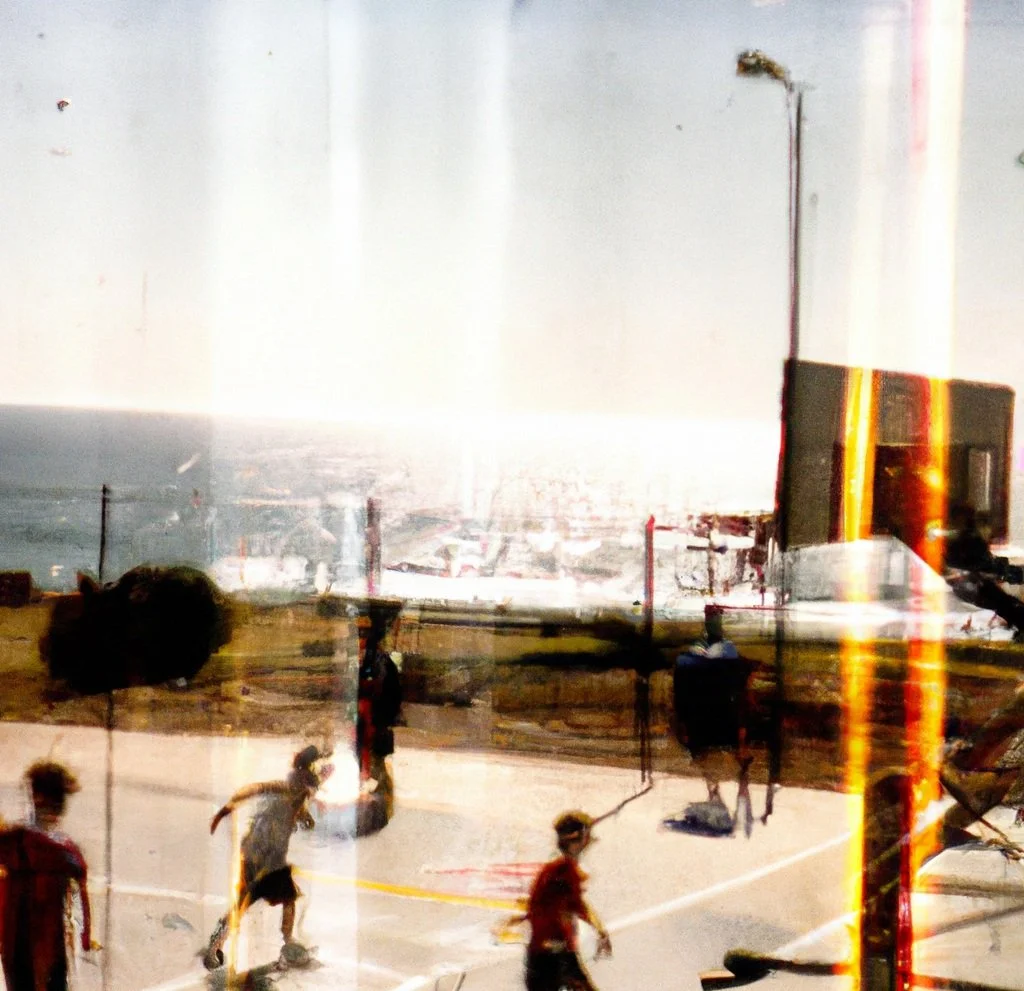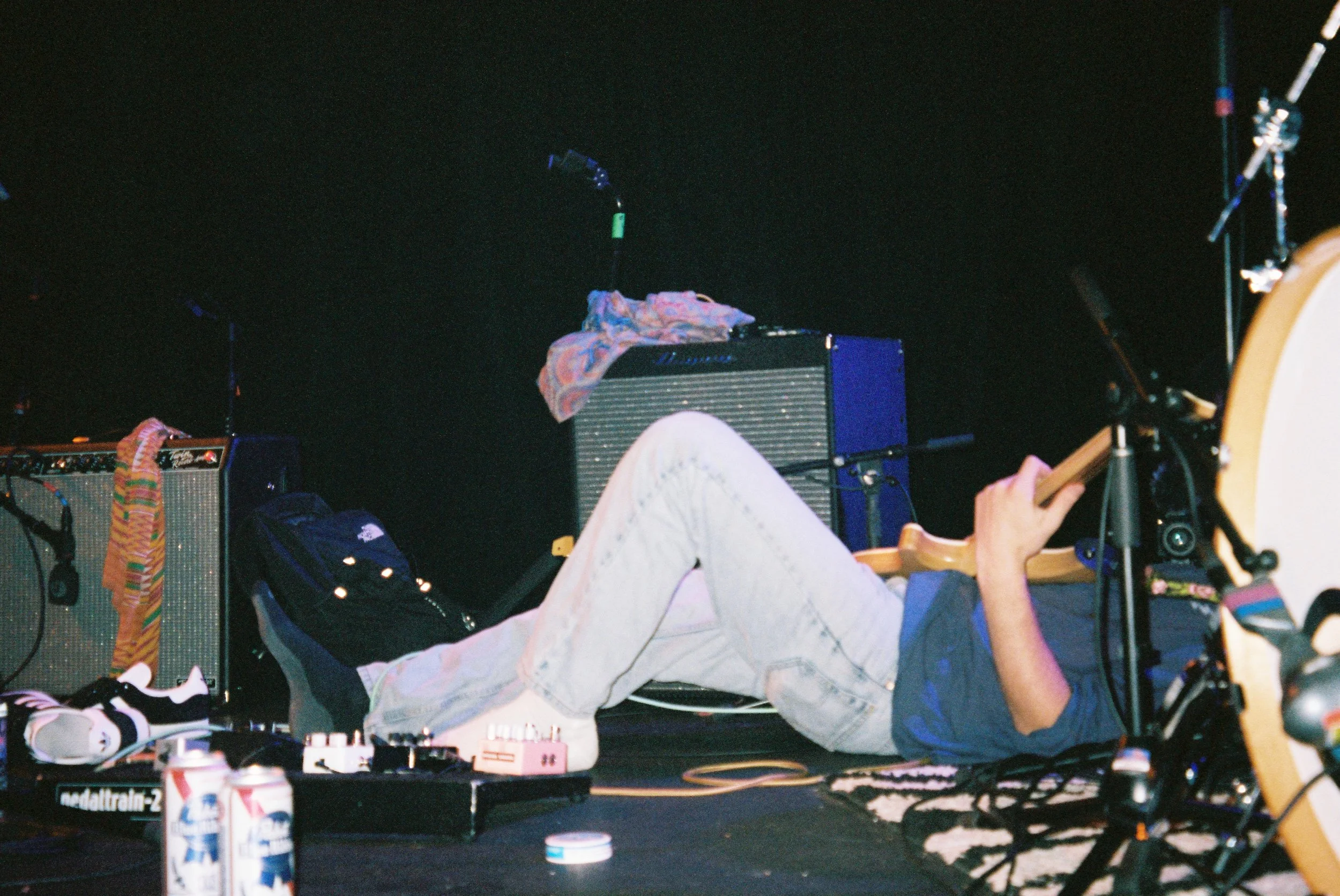Biomimetics
In my Biomedia class I am learning from my professor Timothy Weaver who is a biologist and author… he has told us about so many fascinating processes through this unique modern lense that I have never considered before I took this class with him. When foreign insects penetrate ant colonies, these are instances of behavioral and chemical mimicry . Normally, the ants reject foreigners. They have special tools to prevent threats from outside the colony from getting inside. However, certain insects have mimicked the ants behaviorally or chemically (e.g. through pheromone mimicry) in order to penetrate the colony. This made me think about what the motivation could be behind the foreigners’ attempts. I doubt that these insects have conscious thought processes that drive them to adjust themselves to be accepted by the ants. Furthermore, in terms of motivations, I don’t think these insects are capable of malicious intent or practicing conscious deception— these thought processes are too complex. So, there must be something in the nature of the insects that drives them to subconsciously adapt for survival and societal acceptance.
It is sometimes weird to be faced with these concepts that force us to acknowledge the weird truth that many of our choices, conscious or otherwise, are driven by these collective animal behaviors. These behaviors, when simplified, can be easily observed across all sentient life forms- even insects adapt for social acceptance. Even ants practice social rejection of the outgroups. It is interesting that our “selves” are just our brains, which are fairly prewired with specific responses to many different circumstances, all for basic survival: that the choices we make and the ways that we change are not spiritual but scientific.
I was particularly fascinated with a project made by artist David Stout called 100 Monkey Garden. On his website, he describes the project as “an artificial life system that generates a new version of itself each day of the exhibition.” No matter how clear the connectivity of everything on Earth is to me it is still so cool. Stout creates a complex system using different sounds, inanimate sounds, but each sound responds to each other and interacts with one another: he created this sort of life form by mimicking real-life observations of systems and interactions and created something digital out of it. When you think about creation through this lens— in order to make something successful you can simply observe what already exists— the most incredible things are created. Another example would be how military drones mimic the predator-prey system of bats and moths. Read more here
The connectedness of our reality exists in many different respects. Our social nature mimics the social nature of ant colonies. Our systems mimic microbiological systems working inside of our bodies. I am so overwhelmed by the beauty and excellence of this idea. Sometimes it’s hard for me not to think of humans as a parasite to the Earth— we kind of are. But, the things we create and the way societies have built themselves over time and the way we evolve used to seem to me like a foreign invasion and a crime to a beautiful Earth. But, we were following our nature, following this predestined pattern of evolution that unknowingly mimicked everything we already knew and observed. This idea gives me peace and hope for the future that humans didn’t wreck things on purpose and that no matter what becomes of things all life will continue the same patterns, connectivity, and systems that they have since the beginning of time.




